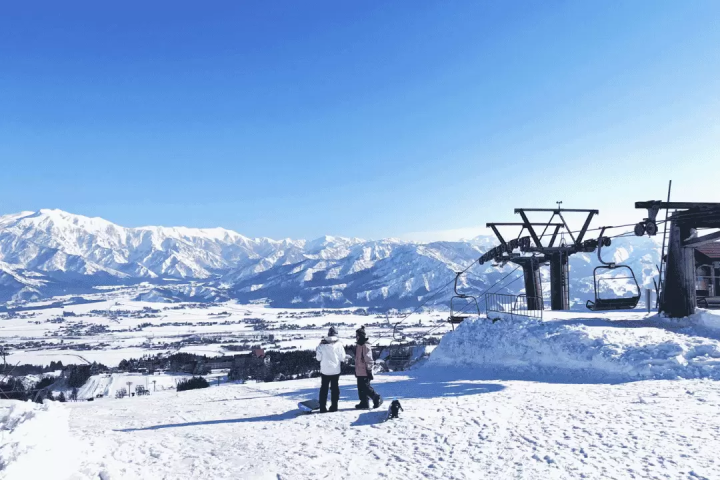Nakano, Tokyo used to be like this!? A 500-year-old chestnut tree leads you through the history of Nakano at the Nakano City History and Folklore Museum

We will introduce the Nakano City History and Folklore Museum, located near Numabukuro Station on the Seibu Shinjuku Line in Tokyo. Feel like you've traveled back in time by wearing period costumes. The special exhibitions with changing themes are also popular.
Hello. I'm Chiitan, a Nakano Tourism Reporter. Today I'm with Chibi Nakano. Do you know what "Rekimin" is? It's the nickname for the Nakano City History and Folklore Museum. You can learn about the history and culture of Nakano from the primitive age to the present. Admission is free! It's great that you can drop in anytime. Don't miss the commemorative gift for your visit.
"Rekimin" is located along Shin-Ome Kaido in Tokyo, about a 10-minute walk from Numabukuro Station on the Seibu Shinjuku Line. There is a bus stop nearby, and it can also be accessed from JR Nakano Station.

It was opened in 1989 on land donated by Kisaku Yamazaki, an honorary citizen of Tokyo. It was renovated in 2020 and now consists of three exhibition rooms (permanent exhibition room, special exhibition room, and special exhibition room). Let's take a look at the permanent exhibition room on the second floor.
You can take a historical stroll along the walls. You can see that people have lived in Nakano since ancient times, when earthenware was used. "Chibi Nakano, don't you feel like you've traveled back in time?"
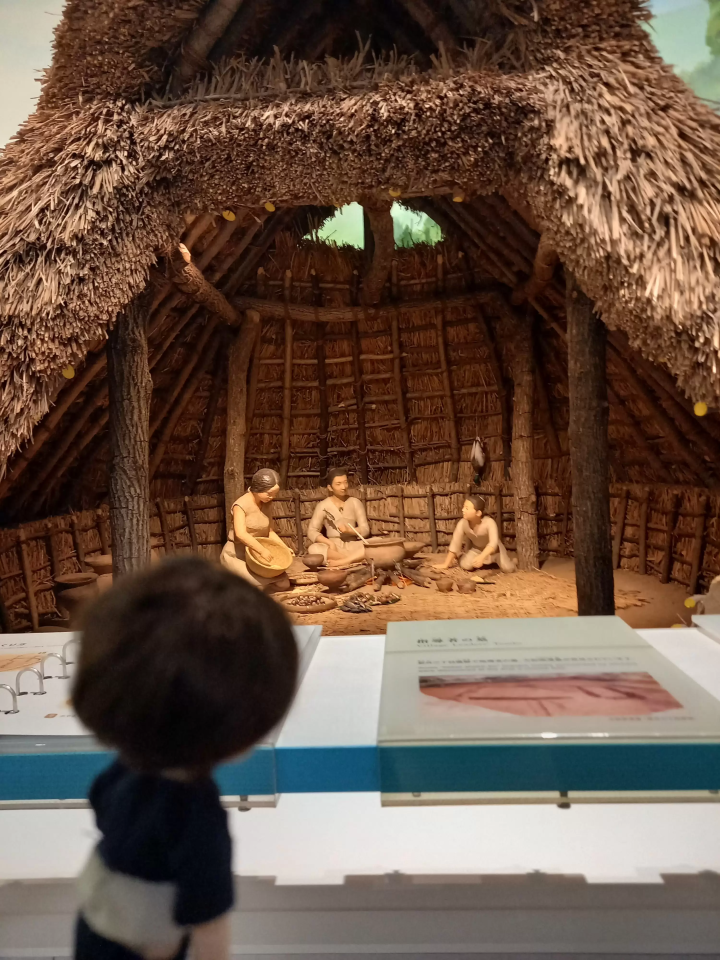
Chitan's recommendation is the history experience corner. You can wear costumes of people from the past and take cosplay photos. It makes you feel like a time traveler. "Which era should we go to? I wonder if it's too big for Chibi Nakano?"
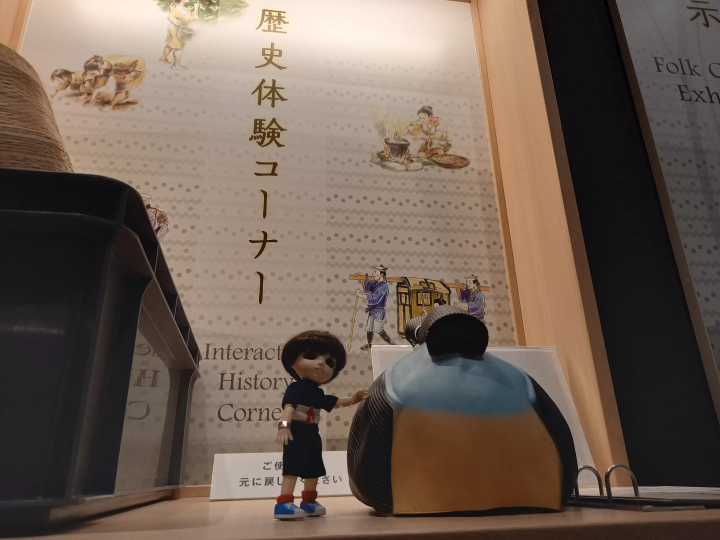
On the day of the interview (January 2024), the museum was holding an exhibition of its collection, "Seven Lucky Gods," in the special exhibition room. There were many votive plaques, local toys, paintings, and other items related to the Seven Lucky Gods.

The special exhibition room was under preparation, but there was a panel exhibition "100 Views of Edo and Tokyo Then and Now" on the partition, which was worth seeing. The changes in Tokyo are clear at a glance through ukiyo-e and photographs! Previously exhibited materials have been published and can be purchased.
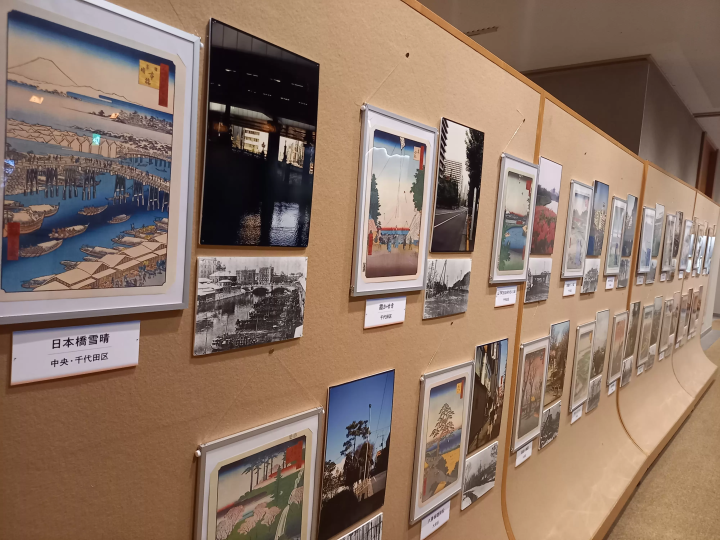
I can't go into too much detail here because I want everyone to actually go and take their time to look at the exhibits, but today I was able to speak with the person in charge, Yoshinori Hayashi.
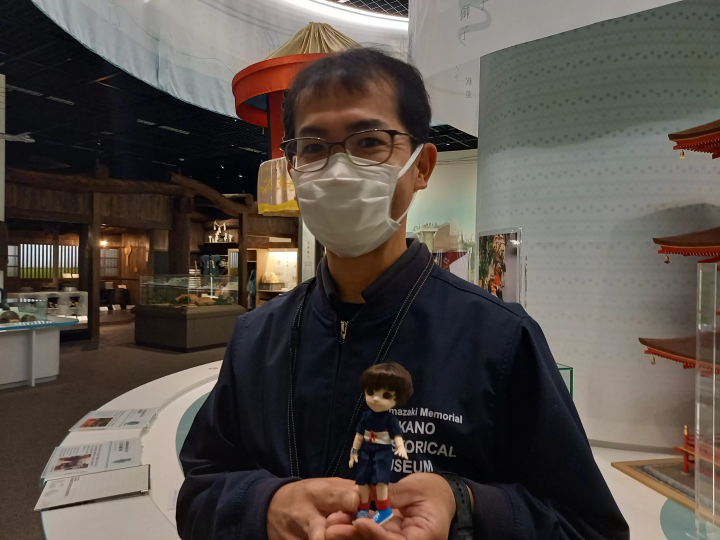
-How many exhibits are stored? "We have a storage facility in the basement, where we store just under 30,000 items."
--What kind of people visit the museum? "Usually it's mostly older people. Also, around this time (January), we have third grade elementary school children on a social studies field trip who come to learn about 'Changes in Nakano Ward'."
--What is the most popular special exhibition? "The 'Ohinasama Exhibition'. It is held every year, and about 40 pairs of dolls are lined up in the special exhibition room and lobby."
I also recommend it! I heard that it is the largest in Tokyo, so I go there every year with my children to see the Hina dolls from the Edo and Meiji periods. It is very impressive, so I would definitely recommend you to see the real thing (in 2024, it will be held from February 13th to March 16th).
"We also had a great response to the special exhibition of the Tengu and Ghost Statues. These statues were once placed at the Tetsurimon Gate in Tetsugakudo Park, but were restored and are now housed at our museum. There is a replica on-site."
It is open to the public about once a year, so be sure to check it out. The "Exhibition Related to the Former Toyotama Prison Front Gate" ended the other day, but it was good to see the desire to preserve Nakano's important culture. This exhibition will be held every year until 2026 with a different theme.
The "Origami Corner," which is recommended for families, has recently been reborn as the "Origami Plaza." You can enjoy origami that matches the season and the exhibition. There are lots of ideas.
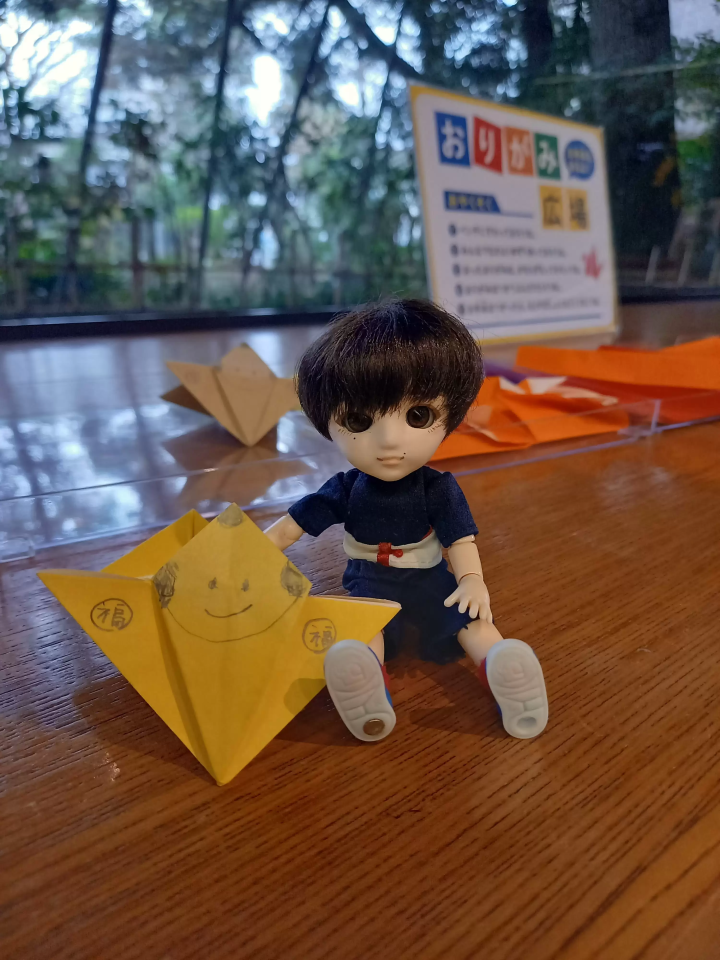
-How do you come up with ideas? I'm impressed by how interesting the themes of your exhibitions always are. "The three curators are the core of coming up with ideas. We all work together to create the exhibition, but the person in charge of each exhibition thinks about what materials to display, how to incorporate events, etc."
It's amazing how such a small number of people can create an exhibition that is packed with ingenuity down to the smallest detail.
"During the 'Ohinasama Exhibition', you can experience decorating dolls on the tiered display set up in the lobby."
It's great to be able to decorate the Hina dolls. I want to try participating.
-Your work covers a wide range of areas, including exhibitions, storage, and research. What do you like best? "I'm mostly in charge of administrative tasks, but I like the process of putting together exhibitions. We also have an event called the 'Rekimin Summer Festa' every summer, where each staff member prepares what materials to use for the workshop. I like it because I can talk to customers on the day."
-Finally, please tell us your favorite thing about "Rekimin". "There are many things to see, such as the new permanent exhibition room and the teahouse in the garden, but personally, my favorite is the chestnut tree in the garden, which is said to be 500 years old. Please take a look at how the roof of the museum is designed so as not to get in the way of the tree."
I went to see it with Nakano-san. It's true! A magnificent chestnut tree... It looks like the roof is blocking the tree branches.
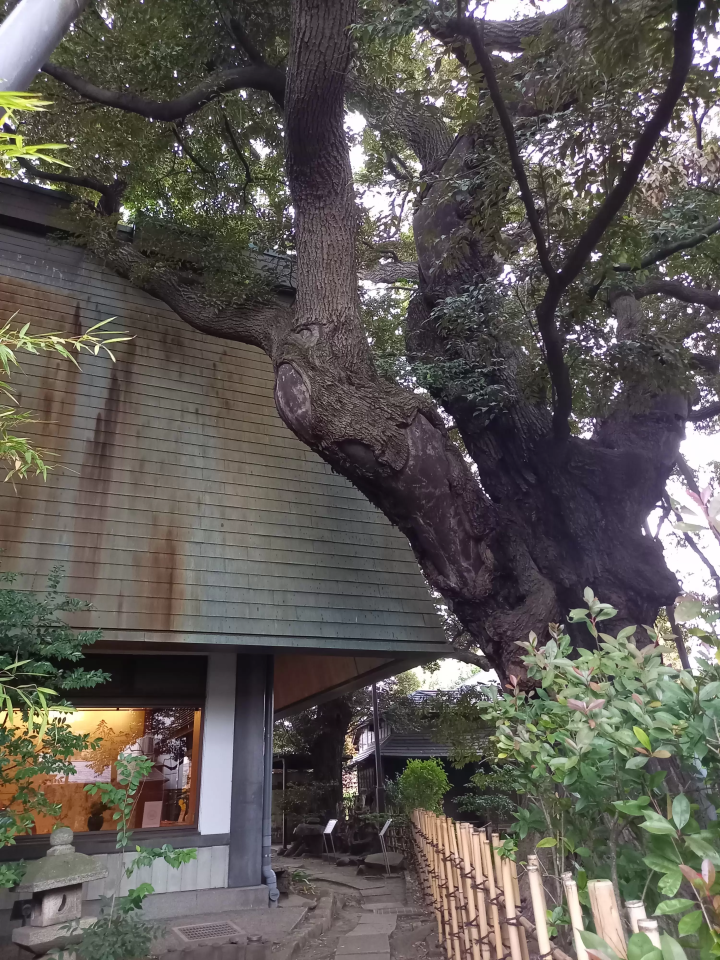

"I would like you to actually come and experience the atmosphere of the exhibition room. If you would like to research Nakano in more detail or learn more about its history or folklore, please let us know." We received such words. Thank you, Mr. Hayashi.
The weight of the "things" that can only be created by the accumulation of time seems to speak to how the people of Nakano have lived their lives. Also, the symbolic tree that has been watching over Nakano for over 500 years, the chestnut tree, can be seen from the large window on the second floor, which I noticed for the first time. There is something new to discover every time I come here.
It's a good way to refresh yourself by getting away from your daily routine and experiencing the power of the exhibits. It was fun! "So, Chibi Nakano, do you know what Nakano used to be?" You'll find the answer right away when you go to "Rekimin."
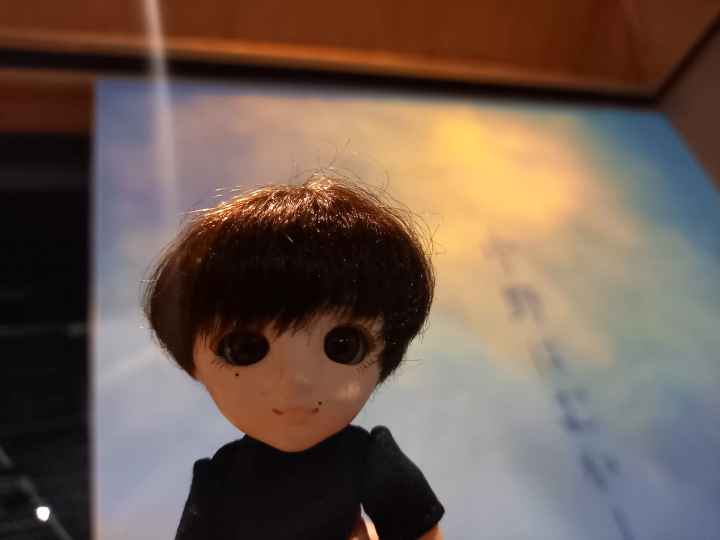
Nakano City History and Folklore Museum
Address: 4-3-4 Ekoda, Nakano-ku
Access: 8 minutes walk from the north exit of Numabukuro Station on the Seibu Shinjuku Line
From the north exit of JR Nakano Station, take the Keio Bus No. 92 and get off at Ekoda 2-chome, then walk for 2 minutes
From the north exit of JR Nakano Station, take the Kanto Bus Naka41 line and get off at Ekoda 2-chome, then walk for 2 minutes (Naka12 line does not stop here)
Opening hours: 9:00 - 17:00 (entry until 16:30)
Closed: Mondays, the third Sunday of every month, and New Year's holidays
Nakano city is located in the western part of Tokyo's 23 wards. It is especially famous for Nakano Broadway, known as the "holy land" of subculture, but it also has many other tourist attractions such as historic shrines and temples and gourmet food. While the area around Nakano Station is undergoing a "once in a century" redevelopment, the town is undergoing change, and the town is bustling with old-fashioned, friendly shopping streets, making Nakano a very diverse city. This diversity is also what makes it a city with a population of about 17,000 people from about 120 countries.
The contents on this page may partially contain automatic translation.

































![[30 minutes by train from Meitetsu Tokoname Station!] A must-see for couples! Recommended date Feature Articles in Aichi Prefecture](https://resources.matcha-jp.com/resize/720x2000/2025/12/19-253428.webp)
